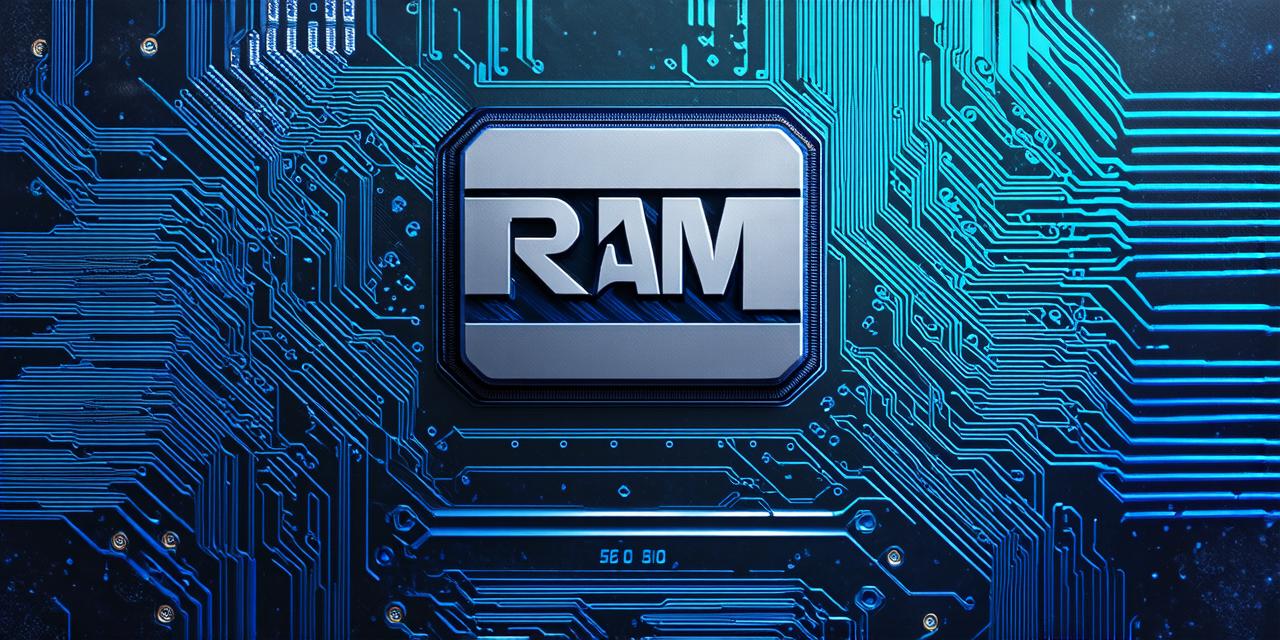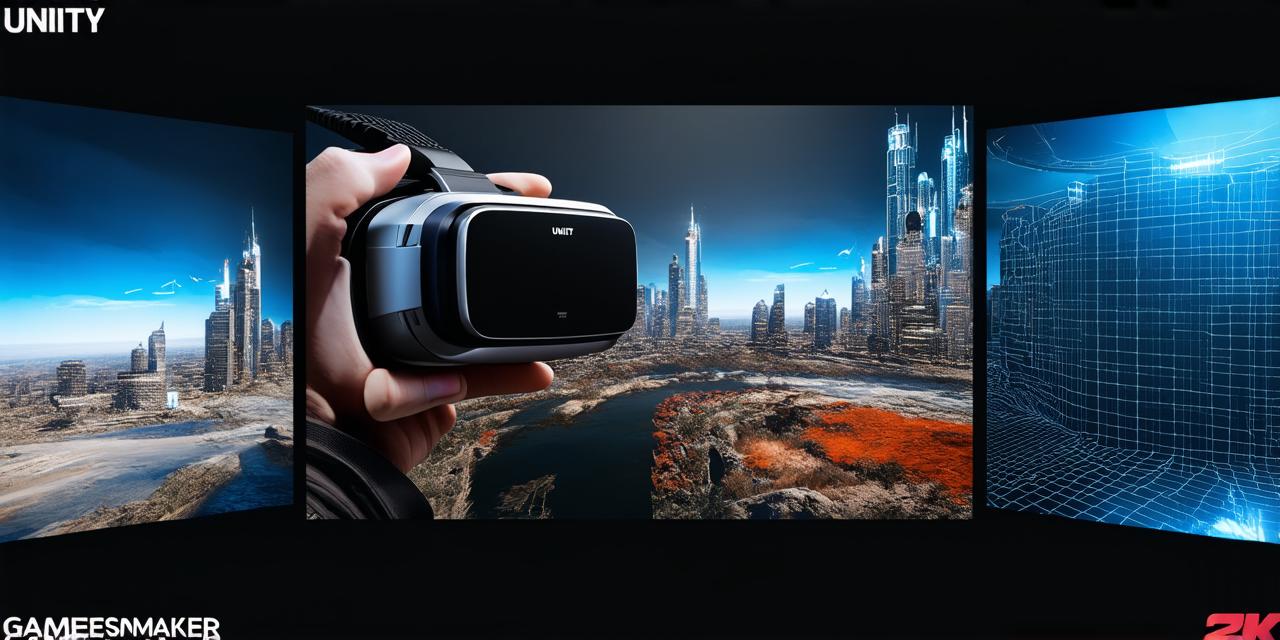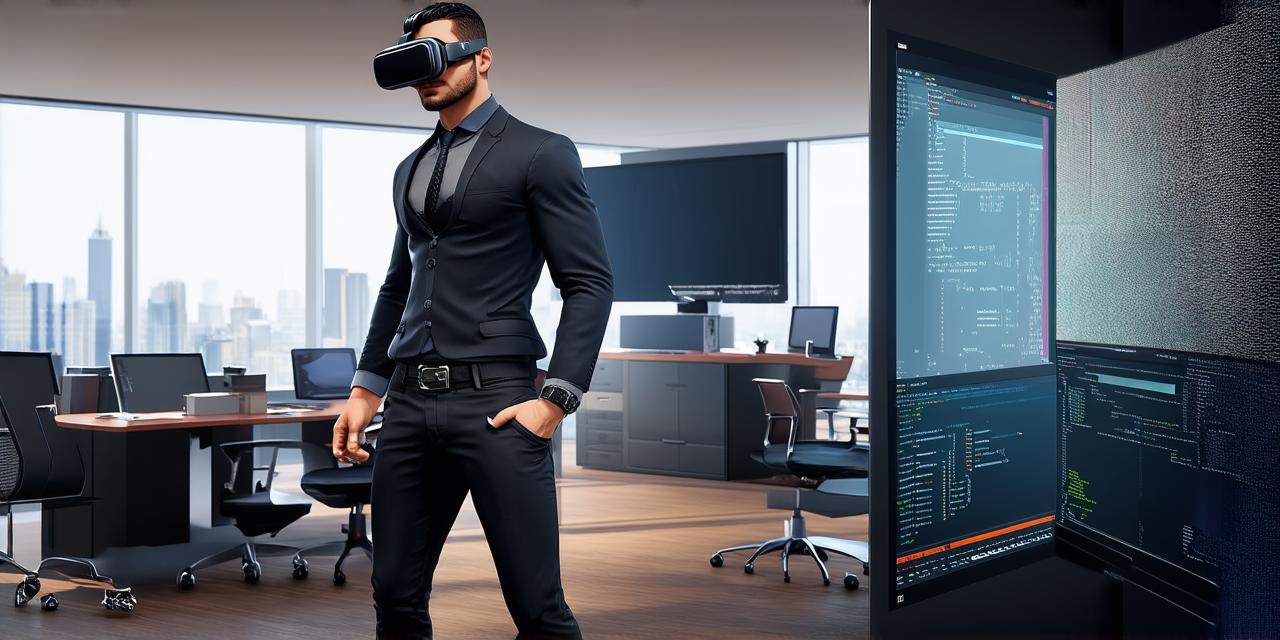As an avid developer in the world of Unity 3D, you know that RAM is a crucial component of any system. It’s no secret that having enough RAM can make a significant difference in the performance and speed of your development process. But what exactly is RAM, and how much do you need to run Unity 3D effectively? In this article, we’ll explore the importance of RAM for Unity 3D development and provide some helpful tips for optimizing your system’s RAM usage.
What is RAM?
RAM, or Random Access Memory, is a type of computer memory that allows data to be stored and accessed quickly. When you open an application on your computer, it loads the necessary data from the hard drive into RAM. This means that the data is now available for faster access, resulting in better performance.
Why is RAM important for Unity 3D development?
There are several reasons why RAM is essential for Unity 3D development. For starters, Unity 3D relies heavily on real-time rendering, which requires a lot of processing power and memory. This means that having enough RAM can significantly improve the performance of your Unity 3D projects, making them run smoother and faster.
Another reason why RAM is important for Unity 3D development is that it allows you to work with larger scenes and more complex objects without experiencing lag or stuttering. When you’re working on a project with a lot of assets and textures, having enough RAM can help ensure that your system stays stable and responsive, even when working with large files.
Finally, RAM is crucial for debugging and optimizing Unity 3D projects. When you’re trying to identify performance issues or fix bugs, having enough RAM can make it easier to analyze the system’s behavior and find solutions quickly.
How much RAM do I need to run Unity 3D effectively?
The amount of RAM needed to run Unity 3D effectively depends on several factors, including the complexity of your project, the size of your assets and textures, and the specific requirements of your hardware. However, as a general rule, it’s recommended that you have at least 8GB of RAM to run Unity 3D effectively.
If you’re working on a small to medium-sized project with relatively simple assets and textures, 8GB of RAM should be sufficient. But if you’re working on a larger project with more complex objects and scenes, you may need more RAM to ensure smooth performance.
For larger projects or those that require real-time rendering of high-quality graphics, it’s recommended that you have at least 16GB of RAM. And for projects that require the use of advanced graphics features like ray tracing, you may need even more RAM to ensure smooth performance.

Optimizing your system’s RAM usage
Now that we know how important RAM is for Unity 3D development and what amount of RAM you’ll need to run it effectively, let’s look at some tips for optimizing your system’s RAM usage:
-
Before starting a new project in Unity 3D, make sure you close any unnecessary applications and processes that are running in the background. This will free up more RAM for your Unity 3D project.
-
Disable unused plugins and add-ons: Unity 3D has a wide range of plugins and add-ons that can enhance its functionality. However, if you’re not using these features, it’s best to disable them to free up more RAM.




